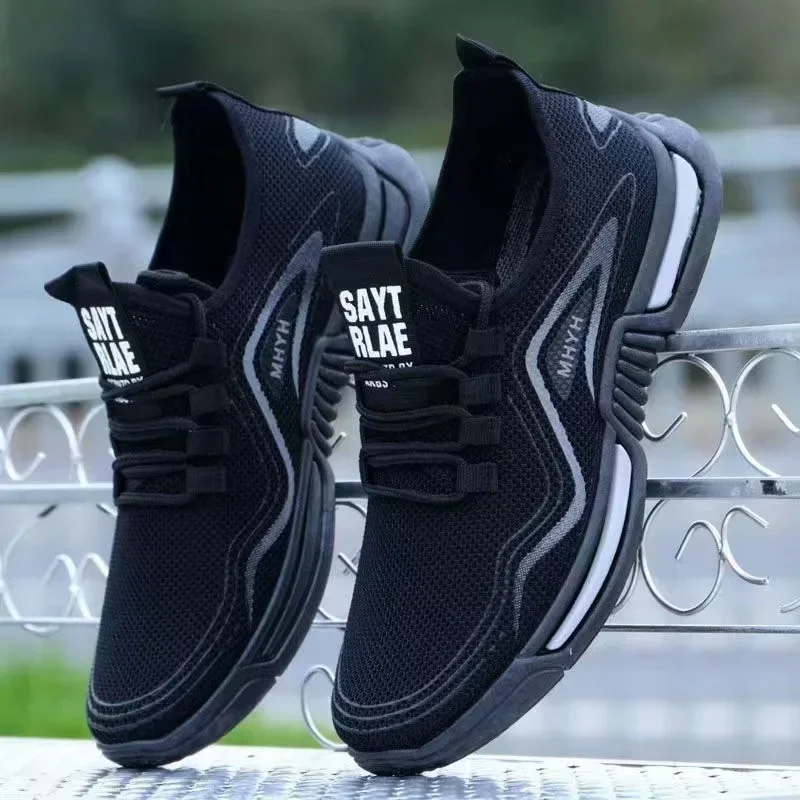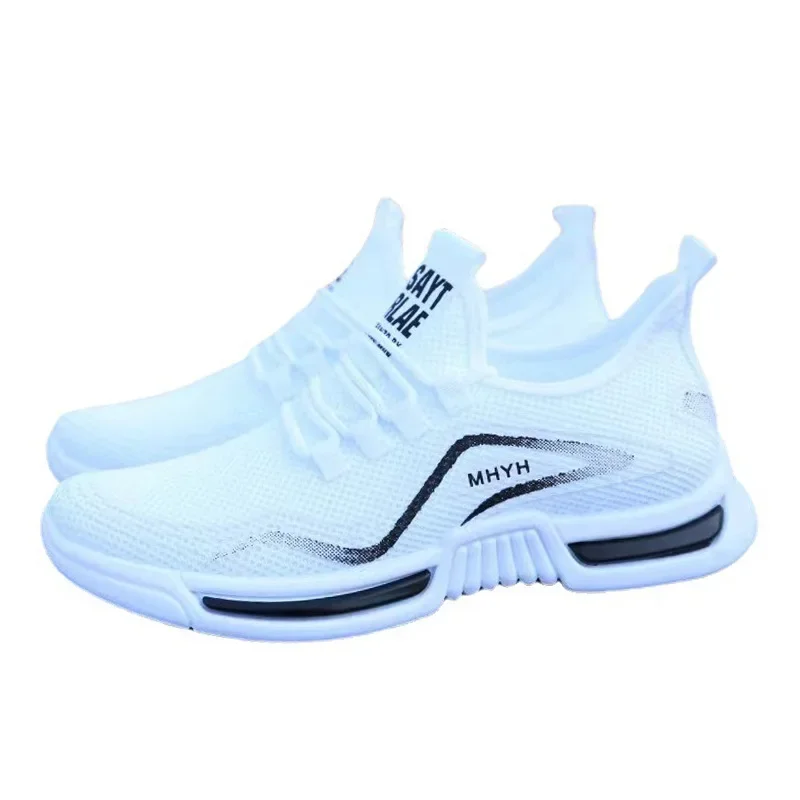Introduction
Running is a popular activity enjoyed by many people around the world. Whether you’re a seasoned marathon participant or just love jogging on weekends, choosing the right footwear is crucial. Among the various types of running shoes, stability running shoes hold a special place. These shoes provide essential support for runners who need that added stability and pronation control. In this article, we’ll explore what are stability running shoes, their benefits, and how to choose the right pair for your running style.

What are Stability Running Shoes?
The Basics of Running Shoe Types
To understand stability running shoes, it’s important to first know the different types of running shoes available. Runners fall into three main categories: neutral pronators, overpronators, and supinators. Each type requires specific footwear to optimize performance and prevent injuries.
Neutral pronators have a natural gait, landing on the outer part of the heel and rolling inward slightly. This group can wear a variety of shoes, including neutral running shoes. On the other hand, overpronators have a flatter foot structure. Their feet roll inward excessively upon landing. This condition can lead to issues like shin splints and plantar fasciitis. Stability shoes are designed specifically for overpronators. They offer support and cushioning where it’s needed most.
Supinators, or underpronators, have high arches and tend to roll outward when they run. They typically require more cushioning to absorb shock. So, stability shoes are not the best fit for this group. Instead, they might benefit more from neutral shoes, which provide sufficient cushioning without added support.
Features of Stability Running Shoes
Stability running shoes are made with particular features that cater to overpronators. These include:
- Arch Support: Stability shoes come with enhanced arch support. This feature helps prevent excessive inward rolling of the foot.
- Customizable Fit: Many brands now offer adjustable features. This ensures a snug fit that conforms to various foot shapes.
- Cushioning: Stability shoes usually have firmer midsoles combined with cushioning. This provides the best balance between comfort and support.
- Supportive Structure: Stability running shoes often have a slightly stiffer heel and midsole. This rigid structure reduces flexibility, which helps in controlling overpronation.
- Durable Materials: These shoes use high-quality materials that withstand wear and tear. The upper materials allow for breathability, while the soles enhance traction.
Identifying Your Pronation Type
Before selecting stability shoes, it is crucial to identify your pronation type. Many sporting goods stores offer gait analysis, often performed on a treadmill. Runners can also perform a wet foot test at home. Wet your foot and step onto a piece of cardboard. Examining the imprint will help determine your arch type. If you have a wide imprint, you likely have flat arches, indicating overpronation. A narrow imprint suggests high arches or supination.
Benefits of Stability Running Shoes
Injury Prevention
Arguably the most significant benefit of stability running shoes is injury prevention. Overpronators often experience various injuries, such as Achilles tendonitis, plantar fasciitis, or IT band syndrome. Stability shoes help mitigate these risks by providing the necessary support. The additional cushioning also absorbs impact, reducing stress on the joints.
- Enhanced Support: The medial post in stability shoes helps correct overpronation. This support keeps the foot and ankle in alignment, reducing strain.
- Cushioning and Comfort: The cushioned platform provides every step with added comfort. Runners can log more miles without the fear of discomfort or injury.
- Shock Absorption: Stability shoes are engineered with materials that absorb impact effectively. This characteristic protects not just the feet but also the knees and hips.
Better Performance
Stability running shoes can also enhance your running performance. With reduced fatigue from injuries, you can train harder. Optimized support helps runners to focus on their form and stride, leading to improved efficiency.
- Increased Confidence: With the right support underfoot, many runners feel more confident. This mental boost can lead to better race outcomes.
- Longer Distances: Runners can often go longer distances while wearing stability shoes. This is particularly helpful for those training for long races like marathons.
- Improved Mechanics: The design of stability shoes encourages better running mechanics. When feet stay aligned, it helps the entire body function optimally.
Comfort in Different Conditions
Stability running shoes offer comfort not only on smooth pavements but also on uneven terrains. Many options are designed for trail running, providing additional grip and protection on rugged trails. This versatility makes them appealing to various types of runners.

- Weather Resistance: Many models come with water-resistant features. This helps keep your feet dry in wet conditions, allowing you to run through light rain without discomfort.
- Variety of Styles: The market offers various designs and colors. Runners can find stability shoes that match their personal style.
- Sustainability: Some brands are now producing eco-friendly models. They incorporate recycled materials and sustainable practices. This consideration helps environmentally aware runners make responsible choices.
How to Choose the Right Stability Running Shoes
Assess Your Needs
When selecting stability running shoes, the first step is to assess your needs. Understanding your running style and the conditions in which you run is crucial. This will guide your choice effectively.
- Foot Shape: Know your foot shape and arch type. Are you flat-footed, or do you have high arches? Your feet play a key role in determining the right shoe.
- Running Frequency: Consider how often you run. If you’re a frequent runner, investing in a high-quality pair makes sense. Choose durable materials that can withstand daily mileage.
- Running Terrain: Evaluate your usual running paths. Will you be on roads, tracks, or trails? Stability shoes designed for trails offer better grip and protection for uneven surfaces.
Understand Sizing and Fit
Getting the correct size and fit is vital when purchasing stability running shoes. A poorly fitting shoe can lead to discomfort and injuries.
- Try Before You Buy: If possible, visit a store and try on shoes before making a purchase. Walk or jog around the store to gauge comfort and fit.
- Consider Width: Stability shoes come in various widths. If you have wide feet, look for options that offer extra width.
- Leave Room for Toes: Ensure that there’s space for your toes. They shouldn’t feel cramped, especially during longer runs when swelling may occur.
Research and Reviews
Finally, take advantage of online resources for reviews and research. The experiences of other runners can guide you in choosing the right stability shoes.
- Look for Feedback: Websites and forums like Runner’s World, Reddit, and specialized running blogs provide in-depth reviews. They often highlight the pros and cons of various models.
- Follow Reputable Brands: Stick to well-known brands in the running industry that are trusted for their quality and innovation. Brands like Brooks, ASICS, and New Balance have established themselves as leaders in stability footwear.
- Consult Experts: If you’re uncertain, speak to running coaches or experienced runners. Their insights can prove invaluable in making your decision.
Conclusion
Stability running shoes are a fantastic option for those who overpronate and seek balance and support in their footwear. By recognizing your running style, assessing your needs, and choosing wisely, you can avoid injuries and enhance your performance. Whether you’re running 5K races or training for marathons, the right pair of stability running shoes can be a game changer. They not only provide immediate benefits like comfort and support but also contribute to long-term running success. Embrace the right footwear, and run with confidence.

